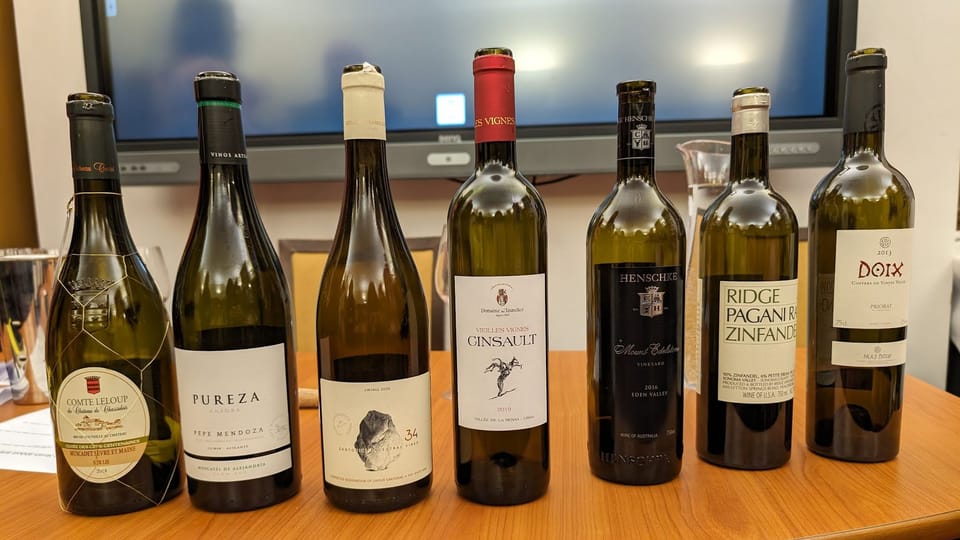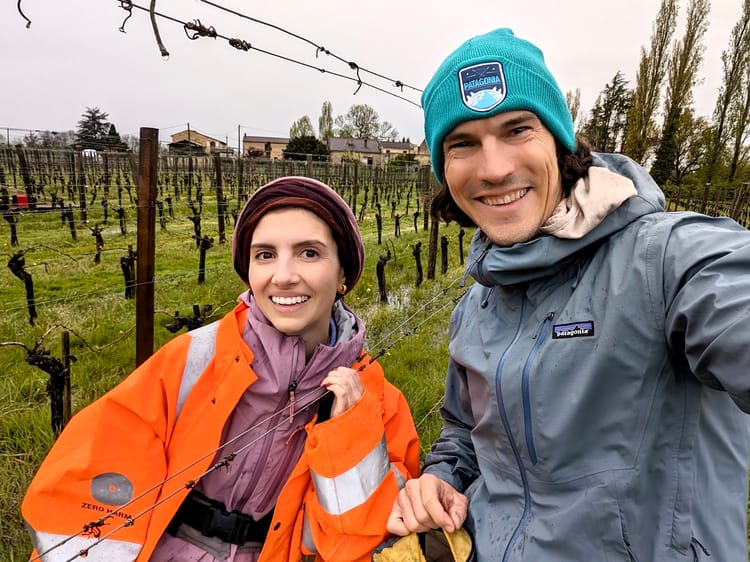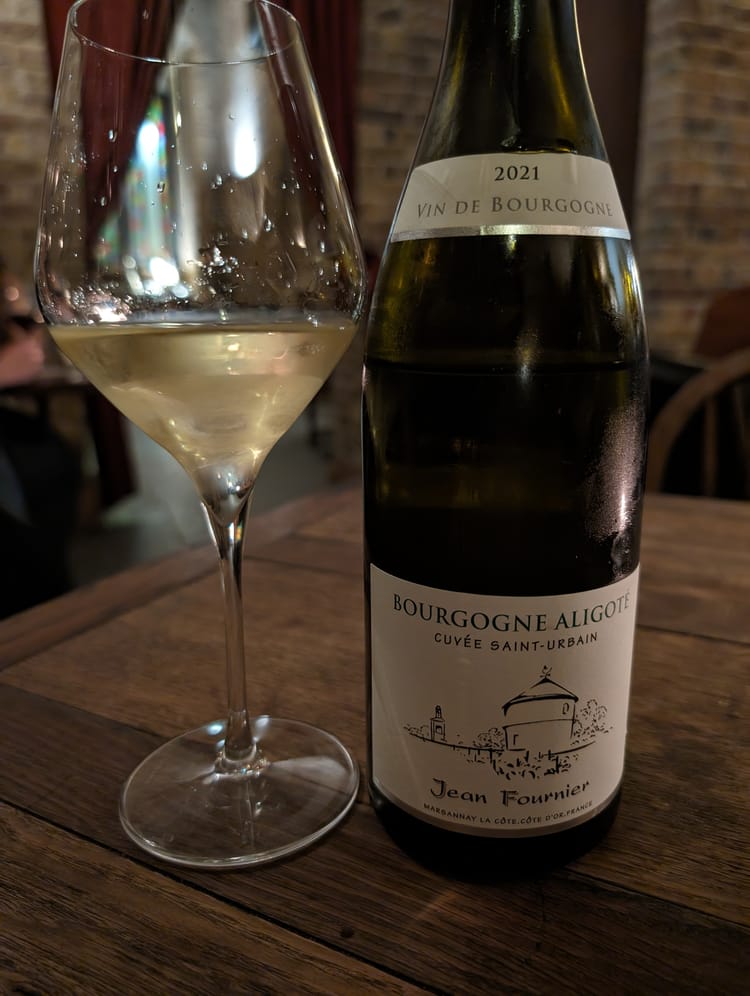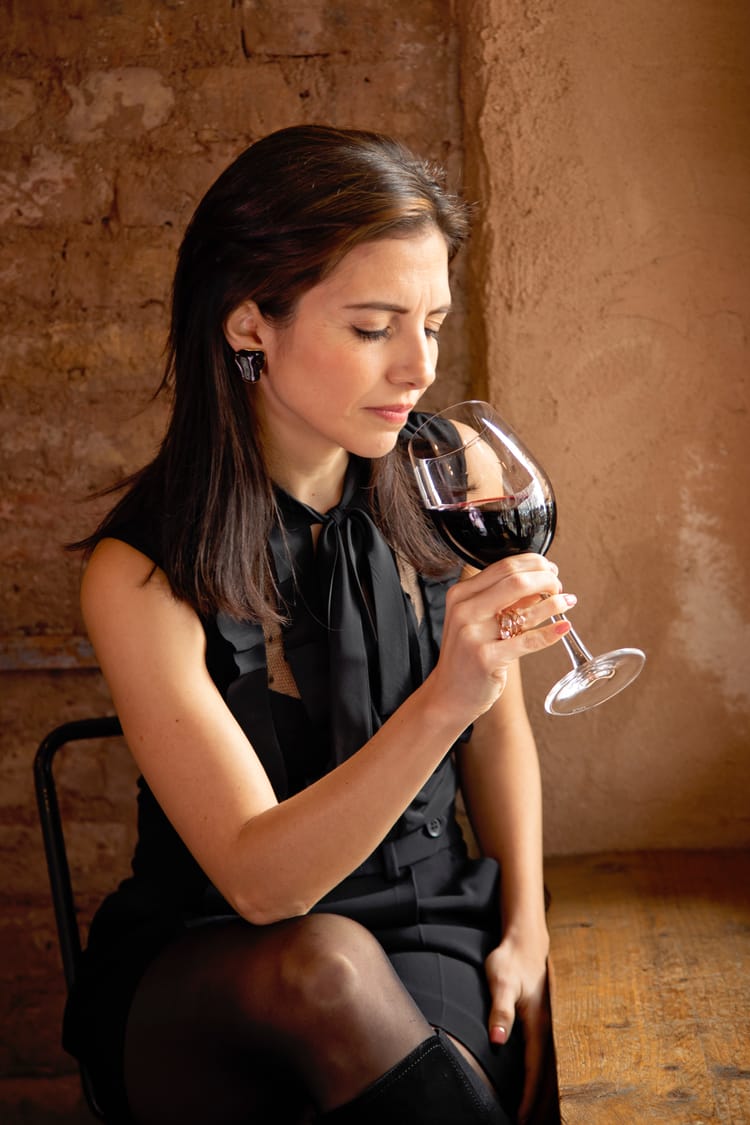An ode to old vines

In viticulture, winter is the season for the vines to go ‘dormant’ as they store their energy to be ready to produce new buds in spring.* In an ongoing attempt to follow the vines’ cycle and live more in line with the seasons, we used most of January to slow down following a big trip to sunny Argentina and Chile - you might have seen our social media posts reporting from the vines ;) We’re now in the second half of winter - and the wine tasting calendar is back in motion!
We recently took part in a very special masterclass hosted by Master of Wine Sarah Abbott, who is also the co-founder of The Old Vine Conference. The focus was on, you guessed it, ‘Old Vines’ - what they are, why they matter and what we can learn from them. We are happy to share our main takeaways!

What is so special about the age of vines?
From the moment they’re planted, vines take time to grow and to get ‘acquainted’ with the terroir. This is why vines take up to four years to produce their first grape bunches before they get into a regular production rhythm. As a vine ages, its yield is naturally reduced. However, the longer a healthy vine has lived, the more likely it is to have been able to adapt to its surrounding conditions (climate, different organisms in the environment, etc). This means the vine is more resistant to disease and is also able to produce grapes with more concentrated flavours and in general, higher quality.

…but, how old is ‘old’?
It depends! While some terroirs allow vines to be as old as 200 years and still produce excellent grapes, some others are more vulnerable to natural elements, meaning a 30-year-old vine is considered to be old. While the age specification varies from one country to another, a wine labelled as ‘old vines’ lets you know that the grapes that made that bottle come from vines that have outlived the average vines in their location.
Why are old vines particularly interesting in non-European countries?
In the 19th century, a grapevine pest that arrived from the United States, called Phylloxera, destroyed a very large volume of vineyards in Europe, leading to a serious wine production crisis. This louse attacks vine roots, killing the vine entirely. In response, winegrowers began grafting (a.k.a. joining) cuttings of the remaining healthy vines onto Phylloxera-resistant rootstock (vine stems), brought from North America.
There are regions in the world that Phylloxera thankfully never reached, including Argentina, Chile, South Africa and New Zealand (and some rare European exceptions). This means that the old vines that we find in these countries are still the originally planted vines and roots, which carry the same genetic composition from decades ago. Therefore, they can provide valuable information on what has made the vine thrive in its environment.
What does it mean for winegrowers and winemakers to work with old vines?
Given old vines have gone through their own process of adaptation and survival, they give winegrowers information on the best way forward. This is key in an era in which drastic climate change is pushing agriculture and viticulture to adopt resilient practices.
Looking after old vines is no mean feat, though! There needs to be a careful balance between allowing the vine to follow its natural course and ensuring it’s producing sufficient yields to be economically viable. Manual harvesting is imperative. This is why wine producers caring after old vines often tend to be those who are more personally involved in the end-to-end production of wine. Old vines are not an immediate guarantee of excellent wine, but it is definitely worth exploring what story might be behind your bottle next time you see the terms “old vines / vieilles vignes / viñas viejas…” etc on the label.

Our own old vine wine recommendations
(some from the tasting; some from our collection)
Pepe Mendoza Pureza Moscatel, Alicante, Spain 2022
A los Viñateros Bravos, Volcánico País, Itata Valley, Chile, 2022
Christian Tschida, Himmel auf Erden Weiss, Burgenland, Austria, 2020
Domaine des Tourelles, Vieilles Vignes, Cinsault, Lebanon, 2019

Here’s to old and ageing vines!

*Note: Winegrowers and winemakers don’t get the same rest - they’re currently busy pruning the vines and getting everything ready for the new season!
Get in touch and share the joy!
Please get in touch contact@vinjoyment.com if you’d like to explore some ideas for a wine tasting or any collaborations.
And don’t forget to share this article with anyone who would enjoy a glass of wine - it really helps us when you spread the word :)
Check out our website and find us on Instagram @vinjoyment





